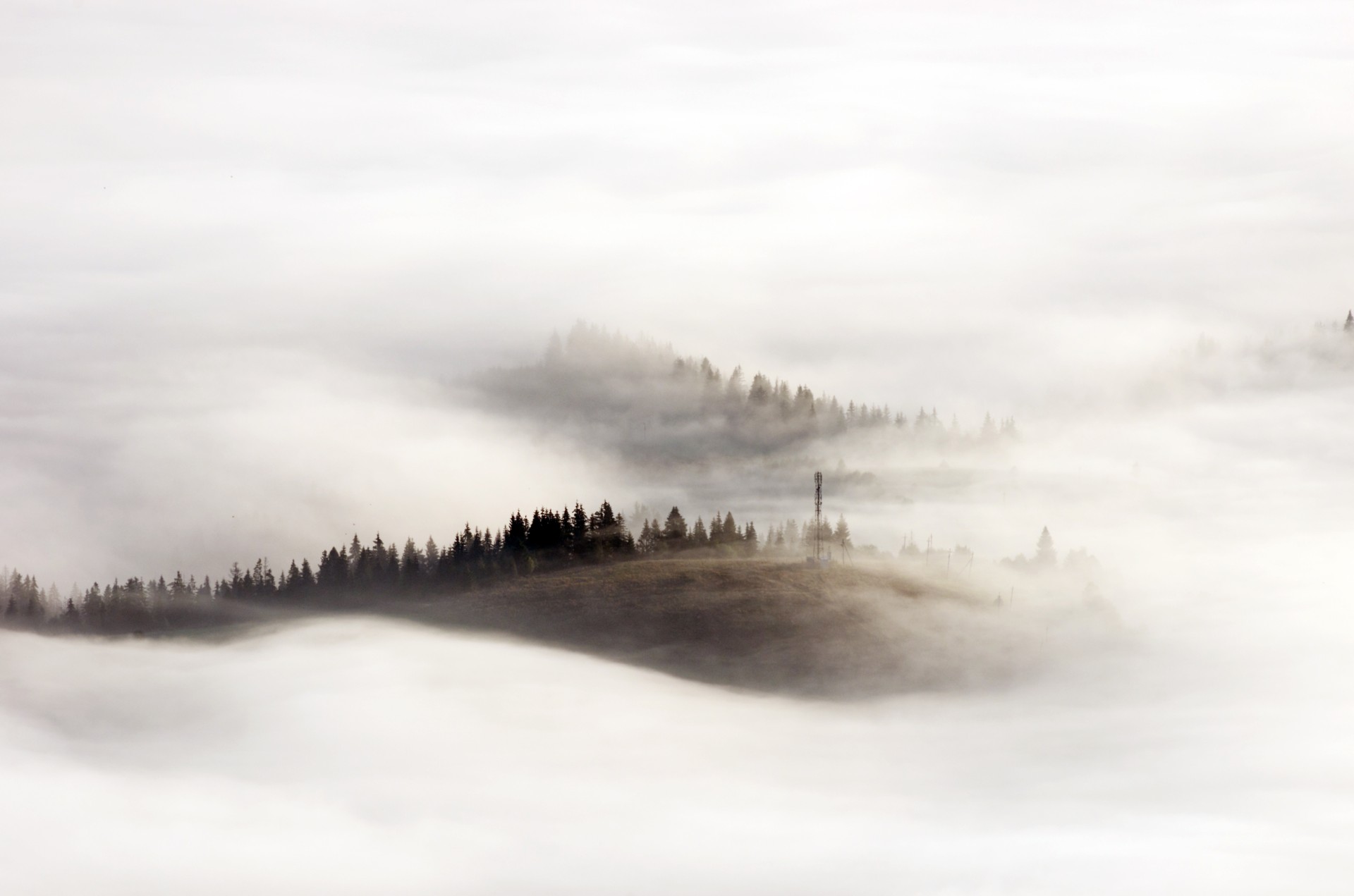
November 2021
ARTE documentary in German language: »Rewilding«: How important is renaturation in Europe? | May 2019| Youtube 52'
"Rewilding Europe - Making Europe a wilder Place" is the name of a Europe-wide initiative with successful and ongoing projects across the continent. Partners welcome. rewildingeurope.com
Quicktranslation with DeepL
Rewilding of nature is rooted in a project in Yellowstone Park in the USA. In the 1990s, wolves that had become extinct in the seventies were reintroduced there. With the wolves, a change in nature took place that extended to the alteration of river courses. For when the wolves came, they decimated the game population. The remaining roe deer and deer grazed less, because they had to be alert, which caused a change in the forest. More trees could grow again and also faster. Beavers came back and built their dams, which is why fish increased and also more and more amphibians lived there. The animal colonization in the rivers and their banks and a more vital and species-rich flora finally even changed the course of the rivers.
Species conservation must be viewed in a more differentiated way. It is limited to human-controlled areas, individual animal species or plants, and has little to do with true biodiversity. Rewilding, on the other hand, means leaving nature to its own devices so that it can create a vital ecosystem again. In addition to wolves, large animals such as bison are also introduced. In Portugal, for example, an old breed of cattle similar to the aurochs, which became extinct in 1627, is being released into the wild in a large-scale experiment. Rewildering of these cattle is completed after one generation. They provide extensive biodiversity in and on the soil; for example, insects and bee species lay their eggs in the hoof prints. Grazing also creates aisles in the forests, which are left to their own devices and otherwise proliferate, and pushes them back.
In Europe, there is only one true ecosystem left untouched by man, and that is in Poland. But thanks to the Rewilding Europe initiative, the number of projects in which primarily fallow agricultural land is being returned to nature is growing. In total, an estimated 300,000 hectares of mostly small-scale agricultural land will become available in the near future because it is no longer productive or is no longer farmed by younger generations. These lands could be used for rewilding. Total rewilding with megafauna (large animals) only works on large areas, some could be rewilded by merging. But also smaller pieces and fallows can be left to nature. At least for small animals, small game, birds and insects, this creates more space for development and cross-fertilization. Rewilding Nature advises and supports meaningful projects.
Watch the Arte documentary, it gives you courage and hope. And that is exactly what we so urgently need at this time.